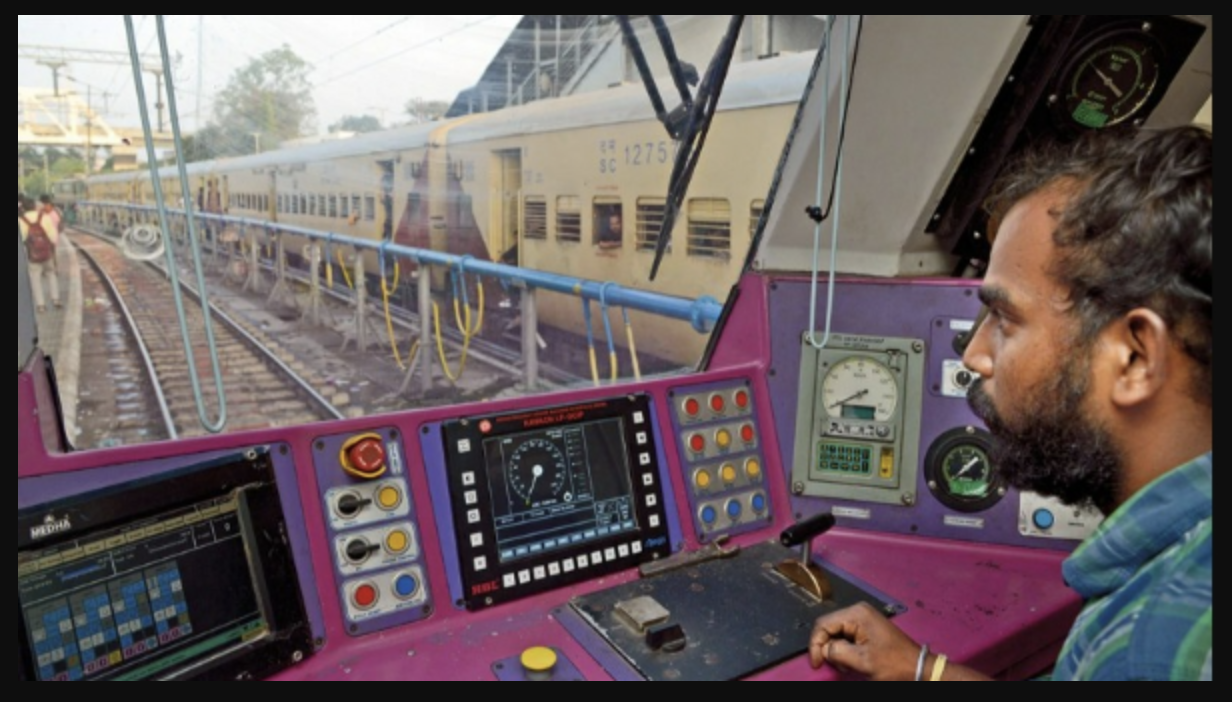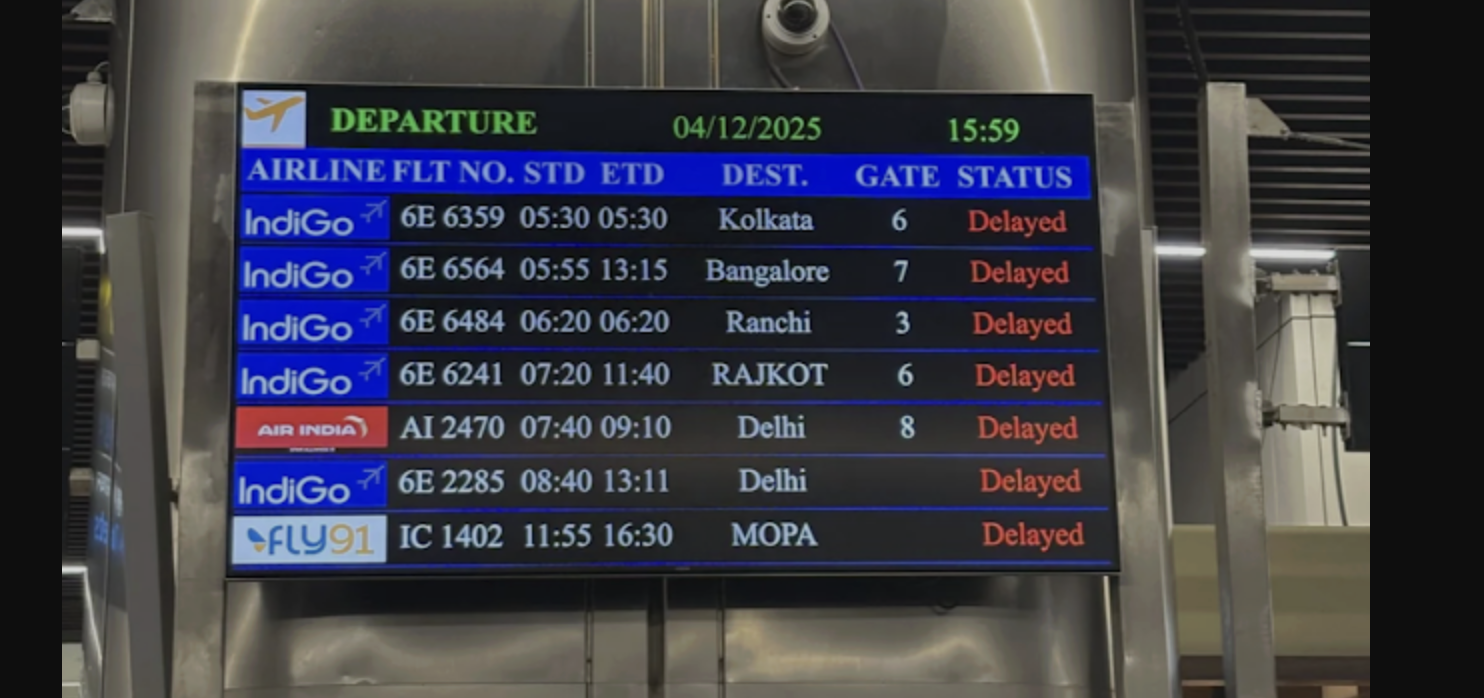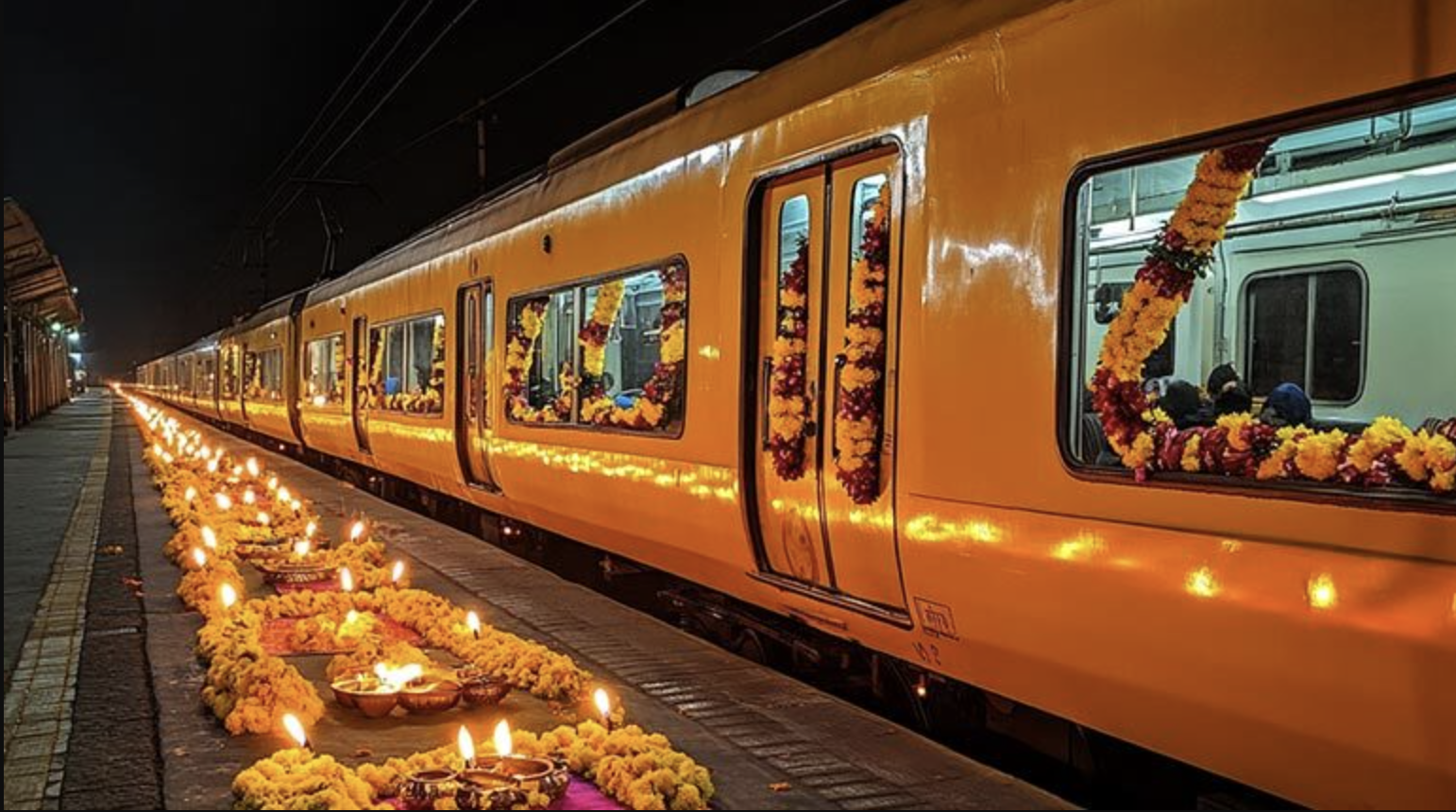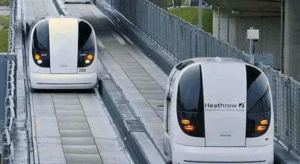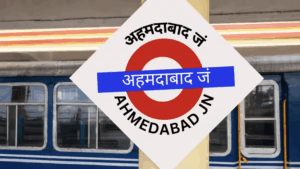Shimla, one of India’s most popular hill stations, is set to revolutionize its transport system with the Tara Devi-Shimla Ropeway Project. Expected to be Asia’s longest ropeway at 13.79 kilometers, this ambitious project will offer a modern, eco-friendly alternative to traditional road transport, significantly improving connectivity and boosting tourism.

The ropeway will run between Maa Tara Devi and Sanjauli, covering approximately 60 kilometers and connecting 15 key locations. Built under a Public-Private Partnership (PPP) model, 80% of its funding comes from the New Development Bank, which has already approved advance tenders for the project.
Capacity & Features
The Tara Devi-Shimla Ropeway is designed to accommodate 2,000 passengers per hour in both directions, using 660 cabins that can carry 8-10 passengers each. Cabins will arrive at stations every 2-3 minutes, ensuring efficient, time-saving travel across the city.
Key Boarding Stations
The ropeway will connect several crucial points in Shimla, including:
- Maa Tara Devi
- ISBT, Railway Station, Victory Tunnel
- Old Bus Stand, Lakkar Bazaar, IGMC Hospital
- Secretariat, Sanjauli, and more
This extensive network will ease traffic congestion, reduce pollution, and provide tourists with a scenic, comfortable travel experience.
Boosting Tourism & Connectivity
The ropeway is expected to transform urban mobility, making it easier for locals and visitors to navigate the hilly terrain. It also aligns with efforts to promote sustainable tourism by offering an eco-friendly travel option that reduces reliance on cars and buses.
Once completed, the Tara Devi-Shimla Ropeway will not only be a transportation marvel but also a major tourist attraction, solidifying Shimla’s reputation as a premier travel destination.
